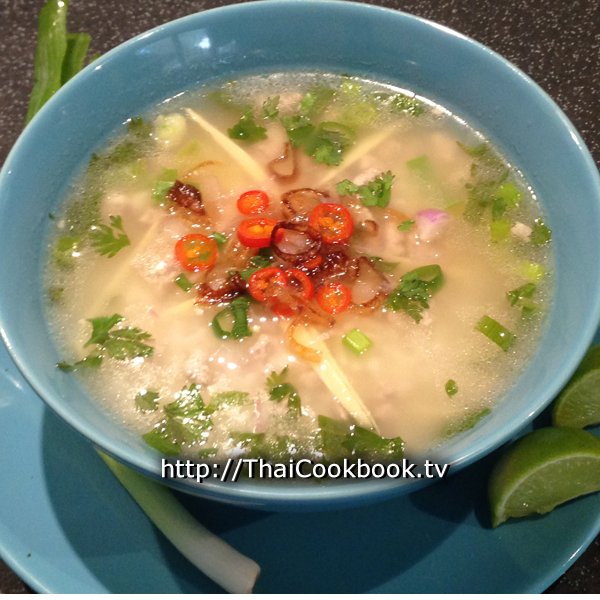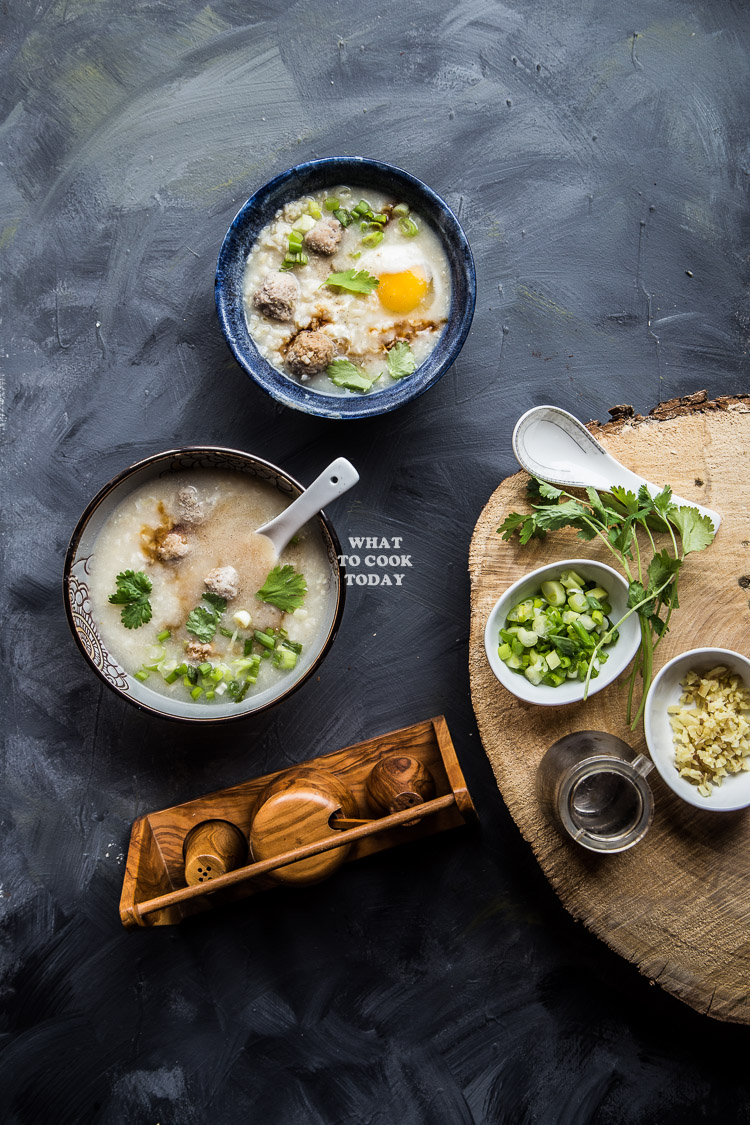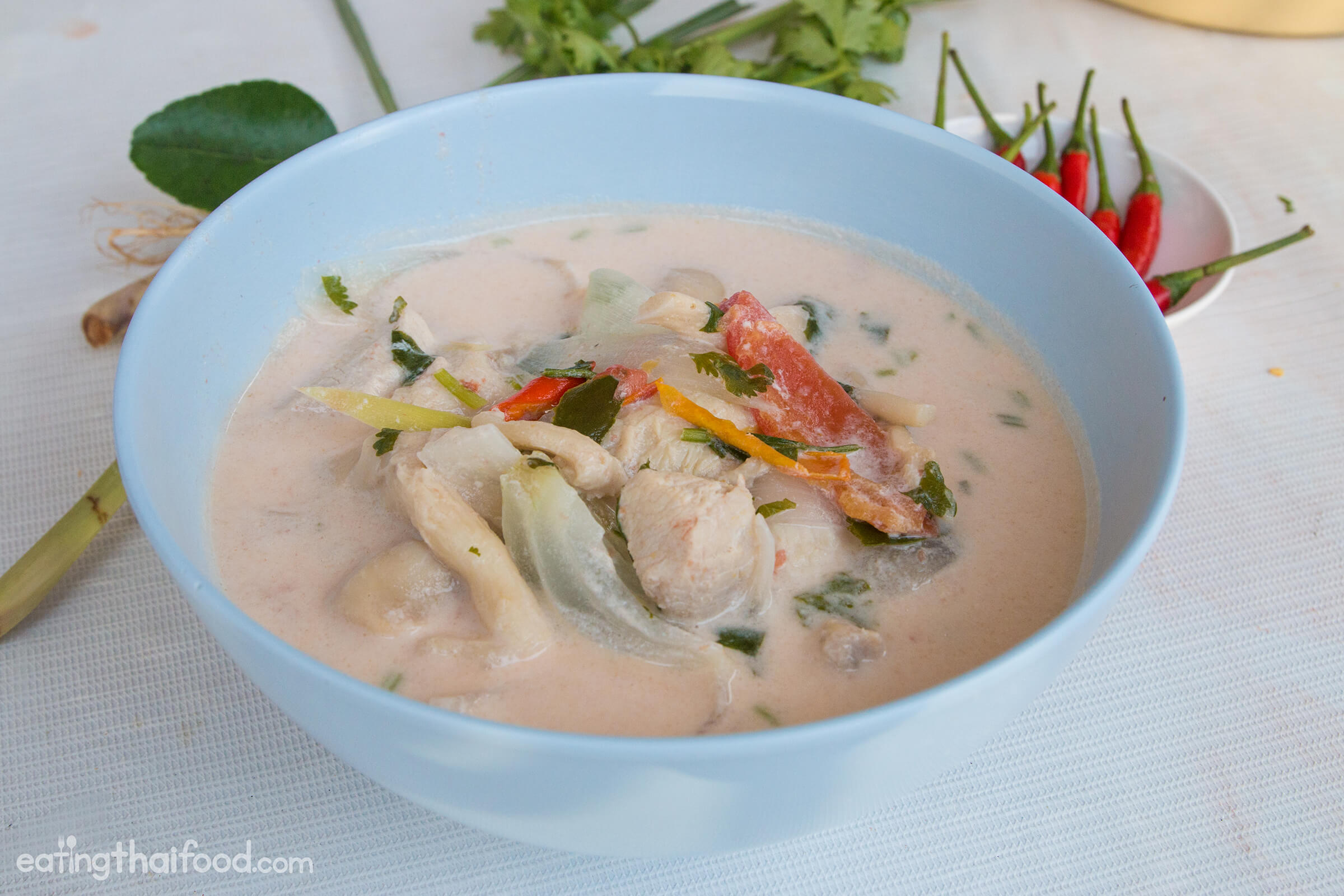Khao tom
ข้าวต้ม
Khao tom w.tôm]) and khao tom mat (Thai: ข้าวต้มมัด, pronounced [kʰâ(ː)w.tôm mát]) are a popular Laotian and Thai dessert made of sticky rice, ripe banana, coconut milk, all wrapped and steamed-cooked in banana leaves. A similar dessert is enjoyed throughout Southeast Asian countries where it is known as num ansom in Khmer, lepet in Indonesian, suman in Filipino, and bánh tét and bánh chưng in Vietnamese. This dessert can be either savoury (filled with pork fat and mung bean) or sweet (filled with coconut milk and banana). In Thailand, Khao tom mat is sometimes colored blue with Clitoria ternatea flowers. Typically Khao tom mat have black beans and Thai banana as the main ingredients. The Khao tom and Khao tom mat various flavors by the ingredients used inside i.e. taro, banana, pork, etc., brought each name to Khao tom mat; Khao tom mat sai pheuak (taro), Khao tom mat sai kluai (banana), Khao tom mat sai mu (pork). In Laos, sticky rice is a national staple food and steeped in the Lao culture and religious traditions. Lao people use sticky rice to prepare khao tom for ceremonies connected with the plantings, rainfall, harvest and death. Khao tom is offered during the Lao baci ceremony held to commemorate special occasions, such as starting a new job, marriage, housewarming, birth of a new baby, and celebration of Lao New Year. Khao tom is prepared for alms giving to monks during the annual religious events in buddhist temples. Furthermore, khao tom is a popular snack sold during festivals, in markets and food stalls around the country. It was listed in a collection of recipes for favorite dishes of the former Lao royal family written by Phia Sing (1898-1967), the king's personal chef and master of ceremonies.
Source: Wikipedia
Recipes






